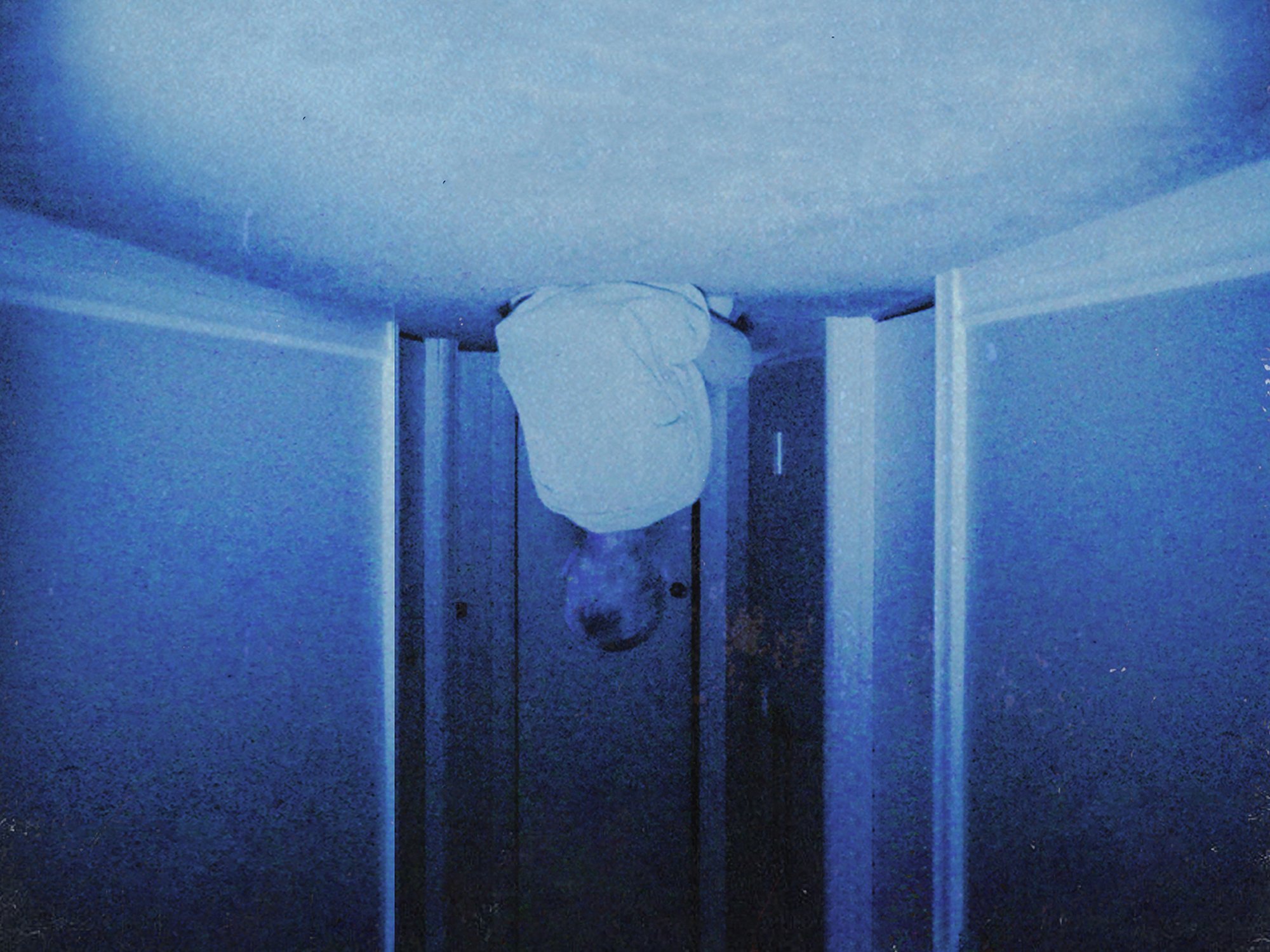Film Review: Skinamarink
THE SCARIEST MOVIE OF THE YEAR IS ALREADY HERE IN KYLE EDWARD BALL’S SKINAMARINK
Kyle Edward Ball delivers one of the scariest movies of the decade with a lo-fi stunner that reaches into the crevices of vestigial instinct. Uncanny in its ability to bottle the ineffable childhood dread of past-your-bedtime nightmares, Skinamarink mines a whole new mode of horror from its swirling grain, sinister corners, and dark spaces. Minor spoilers ahead…
Watching Kyle Edward Ball’s terrifying - and utterly transportive - Skinamarink, I’m reminded of Kitty Horrorshow’s indie darling video game Anatomy and its indelible opening scrawl: “In the psychology of the modern, civilized human being, it is difficult to overstate the significance of the house.” Ball’s experimental nightmare, crafted from a shoestring $15,000 budget, is being touted as “the TikTok generation’s The Blair Witch Project or Paranormal Activity,” but such a jump-the-gun misnomer fails to capture Skinamarink’s unique, debilitating dread. Where something like The Blair Witch Project or Paranormal Activity taps into irrational - but adult-minded - fears, Skinamarink is horror as a time machine: a laser-guided missile aimed to unearth a narrow sliver of nighttime willies from days long past - those borne of your childhood home. Remember when you were a kid, and your mom told you to turn off the basement light and you slammed that switch and dashed up the stairs as fast as you could as a whole multiverse of unseen terror clawed at your heels? Skinamarink is that feeling.
A cursory synopsis belies Skinamarink’s sui generis power: two siblings - four-year-old Kevin (Lucas Paul) and six-year-old Kaylee (Dali Rose Tetreault) - wake in the dead of night to find their single-parent father missing. The kids huddle up in the living room, but the solace of a blaring television quickly evaporates when an unseen, unnatural presence envelops their home while windows and doors blink away from existence, furniture finds itself on the ceiling, and a disembodied voice beckons the children from the hidden recesses of their hallways. Skinamarink traffics in recognizable haunting tropes, but its delivery system - as experimental, lo-fi footage - lends a terrifying potency. With cameras low to the ground, Kevin and Kaylee are only ever shown through immersive obfuscation: a pair of feet pedaling through crunchy carpet, ghostly silhouettes filmed from behind, and their only dialogue whispered through confused darkness. Every artistic choice within Skinamarink weaponizes its setting, tapping straight into the fears of your inner child with pinpoint accuracy and harkening back to the sinking, late-night feeling that your home isn’t home anymore.
“…Skinamarink is horror as a time machine: a laser-guided missile aimed to unearth a narrow sliver of nighttime willies from days long past - those borne of your childhood home.”
Ball, through low-grade digital video, has perfectly bottled the dark side of childlike wonder: the awful, palpable fear that only comes from mixing the surreal with the familiar. Skinamarink’s footage mimics the human eye adjusting to the void, its pareidolic film grain and noisy shadow abetting all sorts of nightmarish illusions. More than once during my screening, I overheard hushed gasps in the theater: “Did you see that? Was that a face?” Perhaps not everyone will find it to be truly scary - after all, its liminal horror does its best to sidestep the traditional system of Hollywood jump scares - but there’s nothing quite like Skinamarink’s unnerving tugs at a near-universal unease: that something evil is just on the other side of what’s comfortable and mundane. Many will also bristle against the film’s 100-minute runtime, decrying it to be too long for its “just vibes” trappings, but read between the lines and you might find seeds of all-too-real trauma. From the slamming of doors, to missing parents, to growled bellows of “come upstairs,” the specter of abuse - and the fear of safe spaces suddenly becoming unsafe - looms over Skinamarink’s avant-garde phantasmagoria.
There’s a particular reason Ball’s micro-budget experiment has become a viral sensation, which has little to do with the drummed-up hype of an early leak onto torrent sites months ago. Plenty of films get unceremoniously pirated before their release, but Skinamarink’s word-of-mouth buzz can only be attributed to its transportive nature; every shot of grainy darkness and every distorted shadow is a portal. Where modern horror excels at tickling fears within our developed brains, Skinamarink reaches into the most terrifying, awful recesses of your childhood memories to pull out knots of dread. It’s an uncanny replication of a time long past, and a frighteningly accurate simulation of a bad dream you just can’t shake.












